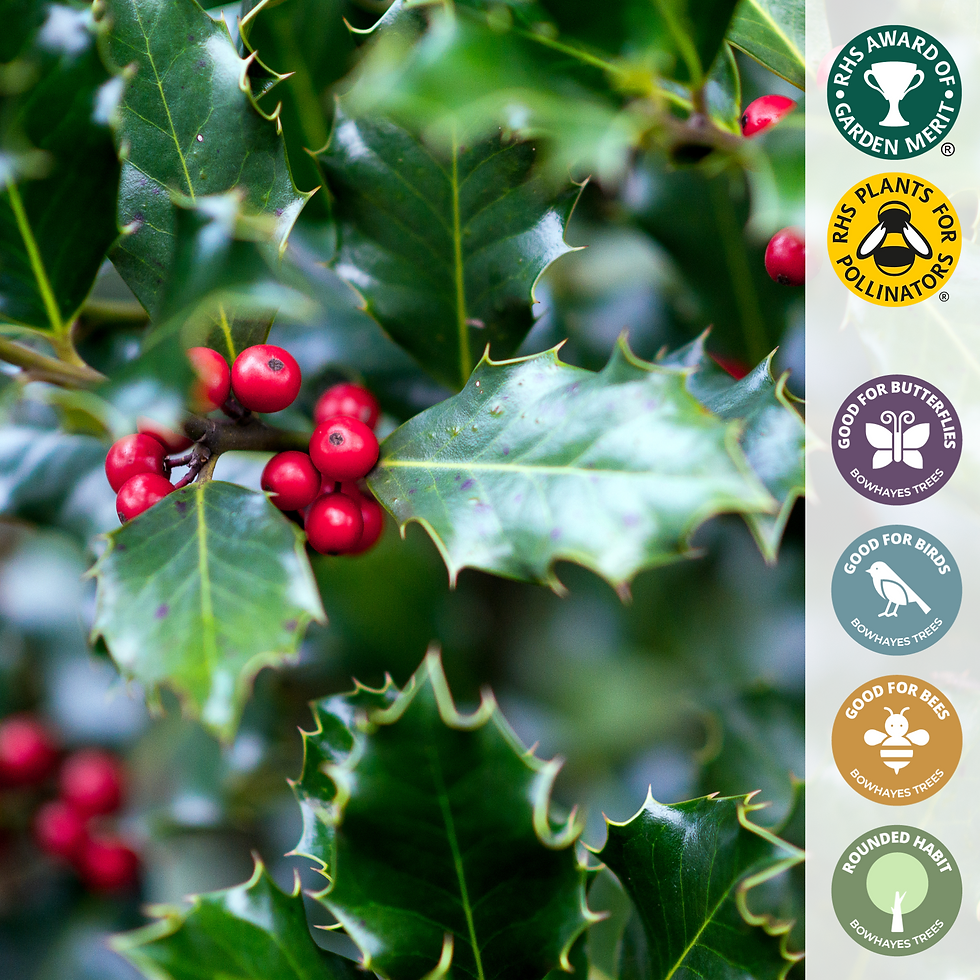All bareroot plants are freshly lifted to order. Please allow 7-14 days for processing and shipping to ensure the highest quality for you plants.
Overview
- Native tree
- Favours moist, cool, damp areas such as marshland, woodlands and streams
- Excellent tree for shelterbelts
- Responds well to coppicing and hard pruning
- Size after 10 years : 6m x 3m
Description
Common Alder is a medium sized deciduous tree that thrives in moist soils and grows to approximately 20-30m when fully mature. It is native to most Europe, southwest Asia and northern Africa. It will grow in poor soil quality and acts as an effective nitrogen fixer for other symbiotic plant life.
In terms of wildlife interest, Alder provides plant food for the caterpillars for several moths. The catkins provide a nice early source of nectar for bees. The siskin, redpoll and goldfinch feast on the seeds. In wetter conditions the alder is home to various lichens, mosses and fungi. Also the roots of the alder tree make good homes for otters.
Planting Position
The Common Alder's ideal environment is moist ground near rivers, ponds and lakes; its root system can help prevent soil erosion. It can also grow in drier conditions.Prefers moist but well drained soil (clay, loam or chalk) and likes full sun. Young Alders may be planted in part shade if they can grow up to full sunlight.
Attributes
The branches of the Common Alder are sticky and scattered with resinous warts. The buds are purplish-brown and have short stalks. Male catkins are pendulous and red in colour approximately 5-10 cm long and female catkins are upright, broad and green with short stalks, they both form in the autumn and remain dormant in the winter, the small winged seeds are then distributed far and wide the following spring. The leaves are short stalked, rounded, up to 10cm long with a wedge shaped base and a wavy serrated margin.
Size
Height and spread after 10 years : 6m x 3m




























